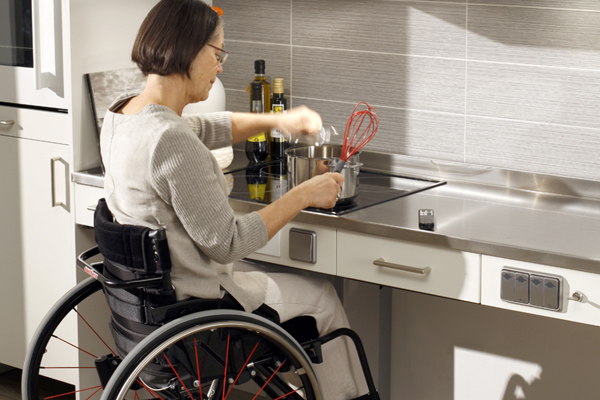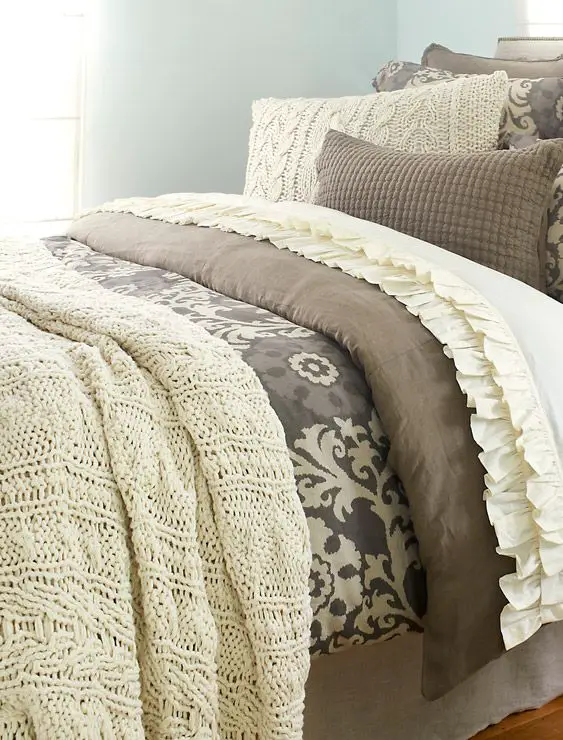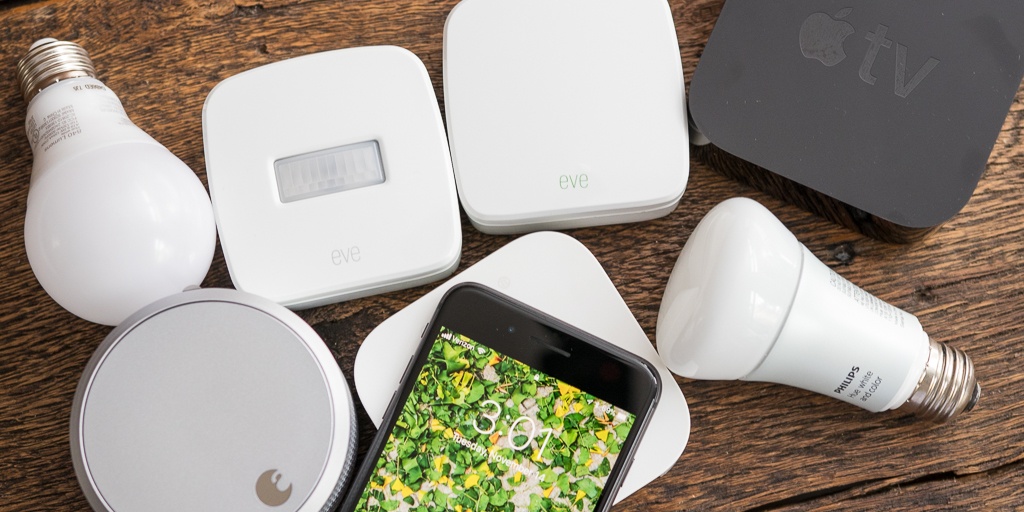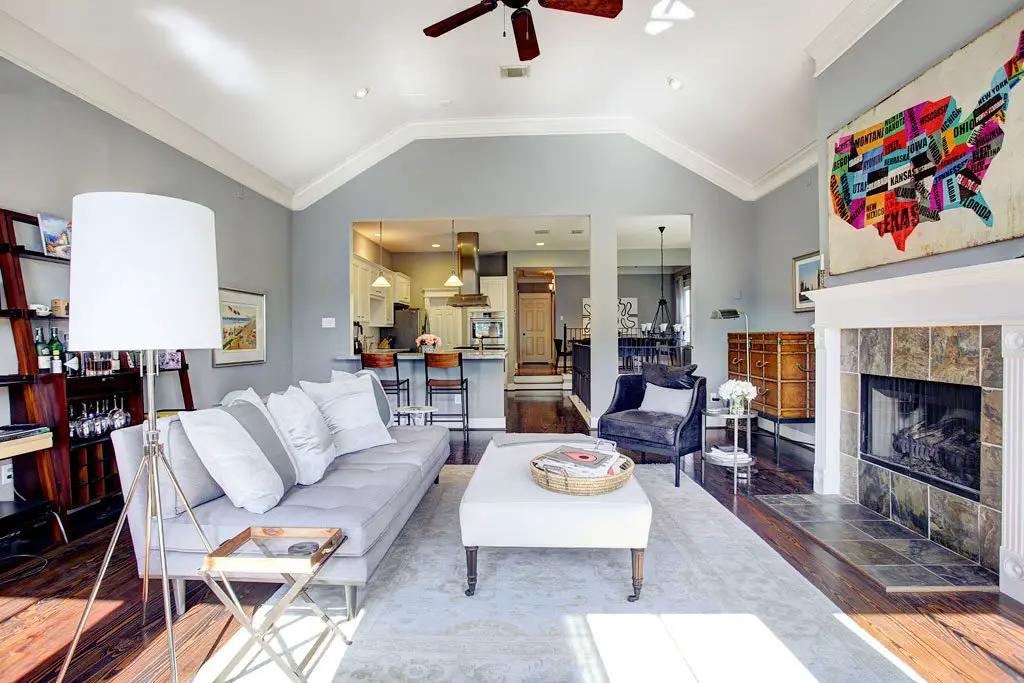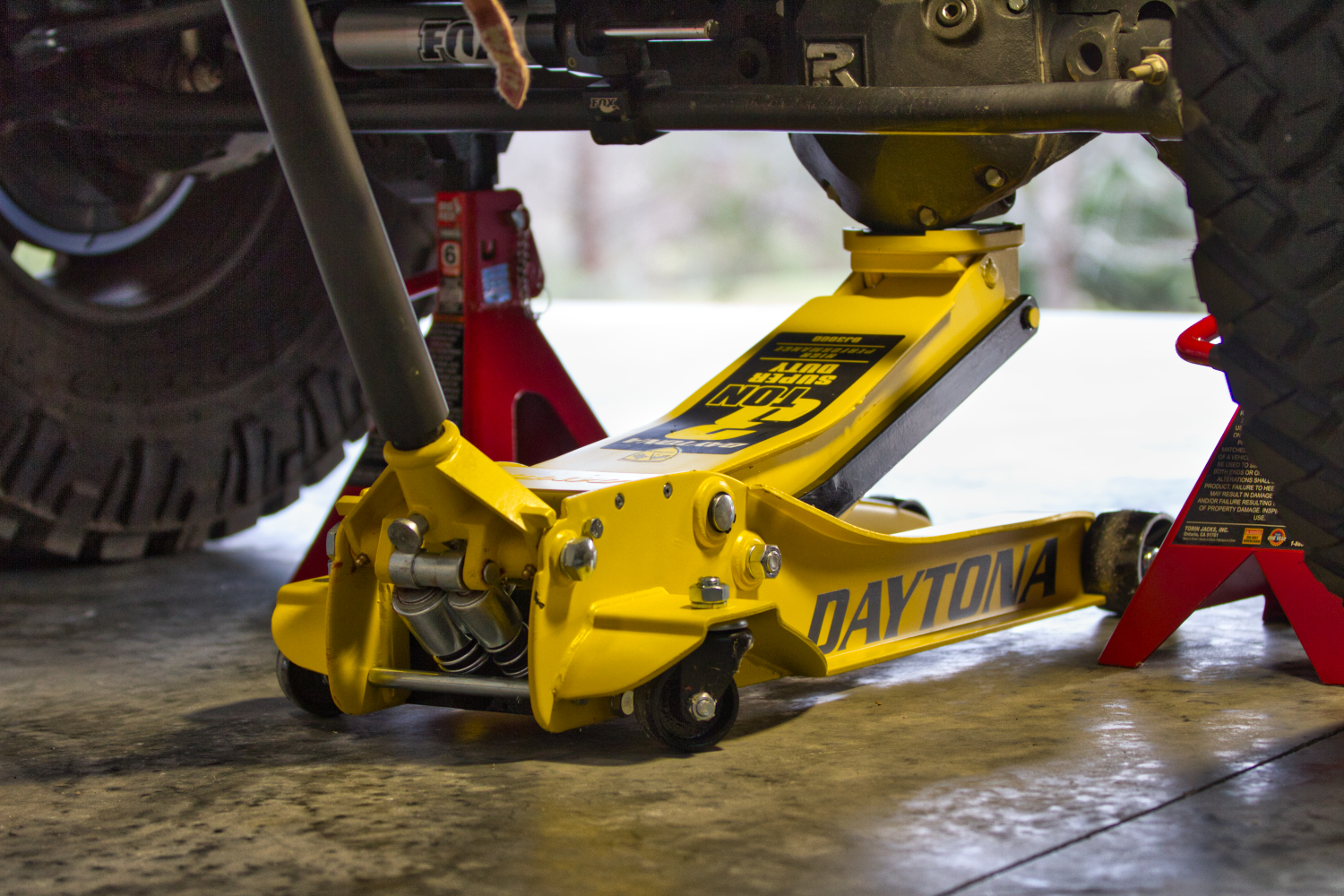As of 2018 there are 13.9 million disabled people in the UK, including people experiencing everything from visual impairments to physical disabilities. Disabled people therefore make up a large portion of both homeowners and renters, required many different adjustments so they can live happy lives. Whether you own a home and need to adapt it as you or a family member’s mobility worsens, or are a landlord renting out a property to those with disabilities, here are a few effective ways to effectively change your property.
Widen Doorways
Start with your home’s entrance and make sure that access is easily by widening the door if necessary. Every doorway needs to be wide enough to get through and ideally turn 360 degrees, especially for wheelchair users and those with Mobility Solutions electric scooters. Inside the property doorways might need widening or even moving if possible. A more open plan design which may involve knocking through walls is ideal.
Install Handrails
A handrail along the path up to your front door may be necessary for anyone who needs assistance walking, and this should be fairly simple to install. The difficulty can come when wanting to add grab rails inside the property. These need to be affixed to strong walls and doors, so that they won’t rip off any plasterwork or cause other types of damage.
Use Smart Technology
The development of the Internet of Things (IoT) and other smart technologies are helping to make all sorts of things a lot easier for those with disabilities. Many different appliances can now be used remotely, from turning on the dishwasher to controlling lights, doors and other electrical devices. Consider installing any connected devices which will make life a lot easier for those with disabilities
Consider the Flooring
Carpeted floors and rugs can cause all sorts of issues for those hard of movement. Especially for wheelchair users, it’s usually best to go for hardwood or laminate flooring throughout. These can still look stylish, remain durable and make getting around a whole lot easier. Laminate and vinyl flooring are some of the easiest to lay down and can be less likely to get damaged.
Adapt Your Kitchen and Bathroom
Space needs to be increased in a lot of rooms, mainly the bathroom and kitchen, which are usually two of the smallest ones, to allow disabled people to use them with dignity. There must be enough room for wheelchairs to turn around, rails for getting in and out of the bath or shower and a low wash basin. Cupboards and cabinets may need lowering in the kitchen, along with appliances to make them easier to use.
All of these adaptations should make any home a lot more appropriate for those with disabilities and help them enjoy a greater quality of life.
